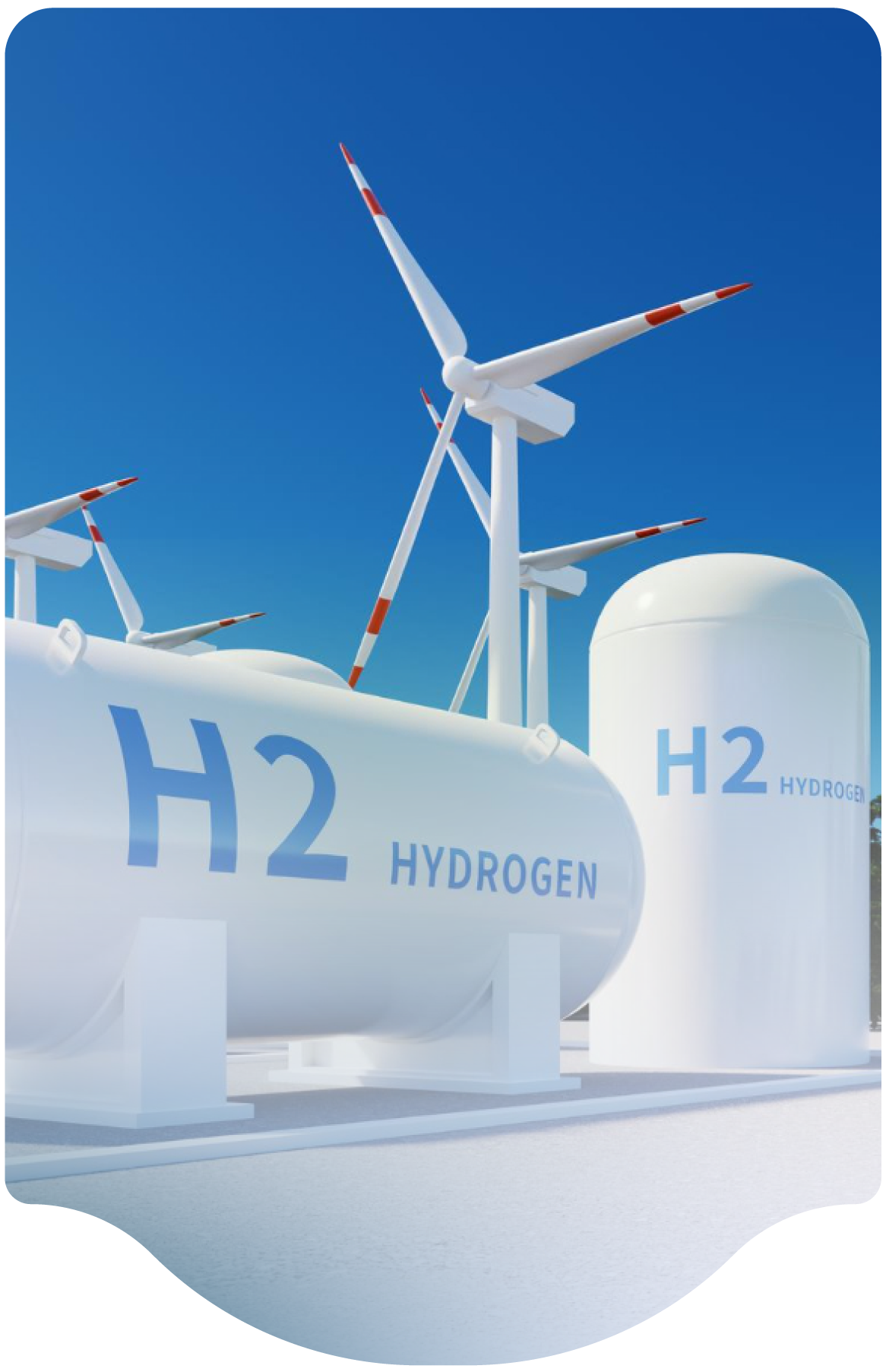Modelling of H2 Dispersion and Combustion Phenomena Using CFD Codes
Computational Fluid Dynamics codes are increasingly being considered for safety assessment demonstrations in many industrial fields as tools to model accidental phenomena and to design mitigation (risk reducing) systems. Thus, they naturally complement experimental programmes which may be expensive to run or difficult to set up. However, to trust numerical simulations, the validity of the codes must be firmly established, and a certain number of error sources (user effect, modelling errors, discretization errors, etc) reduced to the minimum. Code validation and establishment of best practice guidelines in the application of simulation tools to hydrogen safety assessment are some of the objectives pursued by the HYSAFE Network of Excellence. This paper will contribute to these goals by describing some of the validation efforts that CEA is making in the areas of release, dispersion, combustion and mitigation, thereby proposing the outline of a validation matrix for hydrogen safety problems.

